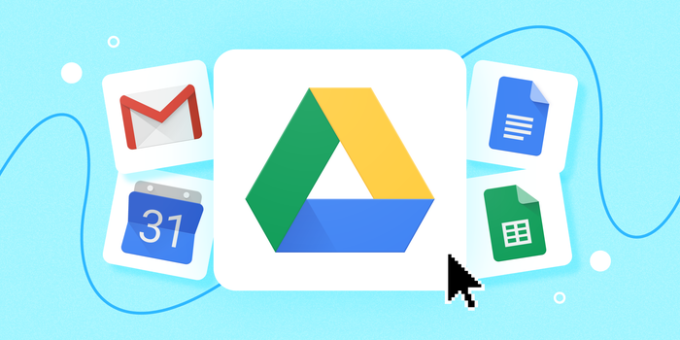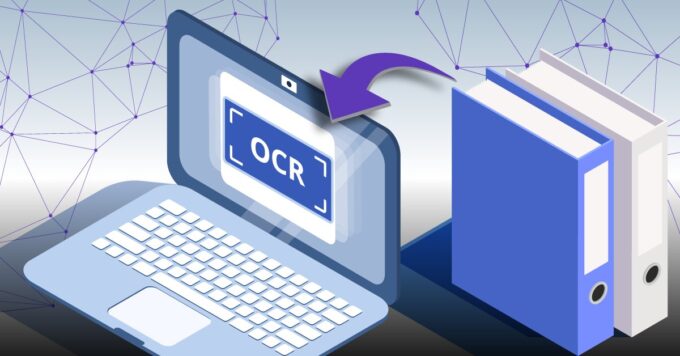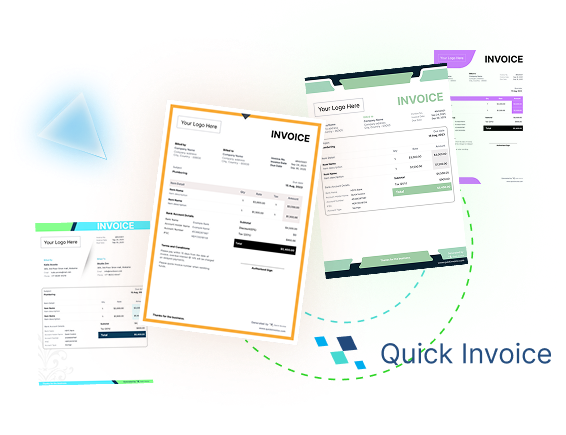Paperwork has a way of creeping into every corner of a business. Contracts, invoices, receipts, employee forms—it all starts to pile up. Left unmanaged, it drains time, creates bottlenecks, and introduces risk. But you don’t need an enterprise setup to fix it. You just need systems that work and tools that integrate well with how your business actually runs.
The good news: many of the best solutions are free. Not trial-limited gimmicks, but truly usable platforms that help you digitize, automate, and simplify your operations.
Where Small Businesses Lose Time on Paperwork

The first step in solving the paperwork mess is identifying where it actually costs you.
Here’s where inefficiencies typically show up:
- Searching for documents across multiple drives, inboxes, and desktops
- Repeatedly chasing unpaid invoices or unsigned contracts
- Manually scanning and renaming files for every new client
- Filling out forms that could easily be automated
- Storing critical records in physical folders with no backup
These aren’t just annoying—they’re operational liabilities. Missed deadlines, compliance gaps, and lost cash flow are all common side effects. If your “paper system” is a stack of folders in a drawer and a mix of Google Docs, it’s time to rethink.
What Streamlining Paperwork Really Looks Like
Streamlining isn’t about going “paperless” for the sake of it. It’s about building processes that are:
- Repeatable
- Accessible from anywhere
- Easy to delegate
- Auditable when needed
- Secure by default
Think of it this way: if someone else had to step into your role tomorrow, would they know where to find the signed NDA, last month’s receipts, and the latest onboarding form? If not, your paperwork system is a liability—not an asset.
Digital tools help solve this by reducing manual steps, improving document visibility, and automating common workflows.
The Core Categories of Free Tools That Actually Work
Let’s walk through where you can reduce the most friction—using tools that are well-tested, easy to learn, and free to start.
1. Cloud File Storage & Centralized Access
First priority: stop storing business files locally on individual devices. It creates versioning issues, access problems, and major risks if something crashes.
Use one of these:

- Google Drive: 15 GB free, integrates with Docs/Sheets, solid permission controls
- Dropbox Basic: 2 GB, still great for external file sharing and document sync
Set up a simple folder hierarchy by client, year, or function (e.g., /Finance/2024_Invoices/). Avoid one massive folder called “Admin Stuff.” Consistent naming matters.
Caution: Avoid mixing personal and business files. Use separate accounts with clear permissions.
2. Scanning and OCR for Paper-to-Digital

Still dealing with physical receipts or signed paper documents? Scan them once. Save them forever.
Reliable scanning apps:
- Adobe Scan: Auto-enhances, detects edges, exports to PDF
- Microsoft Lens: Great for whiteboards, business cards, and multi-page docs
Make sure your scanner or app includes OCR (optical character recognition). That way, you can search text inside a receipt or contract without opening every file. This is especially useful when tax season comes around.
3. Digital Signature Tools That Don’t Slow You Down
E-signature is non-negotiable in 2025. If you’re still sending PDFs and waiting for someone to print, sign, and rescan—it’s time to stop.
Free, compliant options:

- Dropbox Sign (formerly HelloSign): Up to 3 docs/month on free plan
- DocuSign Free Tier: Trusted globally, decent for basic use
Use for client agreements, vendor contracts, or internal HR forms. You get speed, a digital audit trail, and fewer follow-up emails.
Watch out: Some tools slap branding or limits on the free version. Check whether they offer legally binding signatures and secure storage before you adopt them long-term.
4. Invoicing and Payment Tracking

Invoicing manually (especially in Word or Excel) is error-prone and unscalable. Automating this workflow improves cash flow and reduces administrative follow-up. One excellent tool worth considering is quick invoice, a streamlined solution that helps small businesses generate professional invoices quickly and effortlessly.
Top free tools:
- Wave: Best-in-class free invoicing, includes templates, recurring billing, and basic reports
- PayPal Invoicing: Lightweight, ideal for freelancers or service businesses with simple billing
Set up branded templates once. Use built-in reminder emails to cut down late payments. You can also tag expenses or categorize them if you connect your bank account.
Quick note: If you’re VAT registered, make sure your tool supports tax fields and custom invoice numbers.
5. Internal Collaboration & Documented Processes
Not every file is external-facing. You also need systems for SOPs, project documentation, and general business notes.
Great free options:
- Notion: Highly customizable workspace for docs, task tracking, SOPs, etc.
- Trello: Visual task board with attachments and team comments
- Slack (free): Messaging + file sharing, ideal for replacing email clutter
These platforms let you attach docs directly to workflows. That means no more digging through inboxes for that one form you know someone sent.
Build standard operating procedures inside these tools, so you’re not reinventing onboarding or client handoff processes every time.
6. Basic Accounting and Expense Tracking

You don’t need to be a bookkeeper to stay organized. A few free tools can help you track cash flow and reduce the scramble at year-end.
Use these if you’re just getting started:
- ZipBooks: Clean UI, handles income/expenses, categorization
- Akaunting: Open-source, best for freelancers or microbusinesses
Keep in mind: These are not full-scale accounting solutions. But they’re more than enough to create clean records, reconcile bank accounts, and export simple reports.
Don’t forget: Always back up your financial records monthly, even if the tool is cloud-based.
Choosing the Right Tools for Your Business Model
There’s no one-size-fits-all tech stack. The “best tool” depends on how your operations work.
- Solo freelancer? Start with Google Drive, Wave, and Dropbox Sign.
- Online product seller? You might need inventory tracking alongside invoices.
- Remote team manager? Prioritize collaboration tools like Slack or Notion.
The sweet spot is 3–5 tools that integrate well and cover 80% of your needs. Anything more starts to create overlap, confusion, or unnecessary complexity.
Avoid the Common Mistakes When Digitizing Paperwork

Most mistakes come from poor setup, not bad tools.
Here’s what to avoid:
- Using personal Google accounts for business storage
- No folder or file naming conventions (e.g., “Final_Invoice_2_REALFINAL.pdf”)
- Forgetting about free tier limitations (like capped signature requests)
- Not setting up version control or backup
- Failing to train the team on how the system works
These mistakes don’t just cause annoyance—they break workflows and hurt trust.
Quick Setup Plan: 7 Steps to Simplify This Month
| Step | Action | Purpose |
| 1 | Set up a dedicated Google Workspace or Dropbox account | Separate business data from personal; enable structured cloud storage |
| 2 | Create a logical folder structure (e.g., Finance, Legal, Clients, HR) | Improves findability and consistency across documents |
| 3 | Scan and upload your top 50 active documents | Create a searchable, secure digital archive |
| 4 | Install Adobe Scan and test with a receipt or contract | Make scanning part of your regular workflow |
| 5 | Set up invoicing in Wave and send two live invoices | Automate billing and start tracking payments digitally |
| 6 | Build one SOP or onboarding checklist in Notion | Document recurring tasks to reduce repetition and training time |
| 7 | Schedule weekly automatic file backups | Protect your data and ensure long-term accessibility |
By the end of this process, your document workflow will be leaner, faster, and easier to manage—without introducing extra cost or technical burden.
Final Thought: Simplify Without Sacrificing Structure
Streamlining isn’t about removing paperwork entirely—it’s about removing friction.
If the tools you use don’t reduce effort, they’re not doing their job. Start with your biggest bottlenecks: invoicing, signatures, and file access. Solve those with free, reliable tools that support future growth and won’t lock you into bloated subscriptions.
More importantly, keep your systems lean and structured. You’re building a business that’s not just operational—but operationally sound.
Want to go a level deeper? Start automating cross-tool workflows with something like Zapier. But first, get the basics right. Clarity beats complexity—every time.









